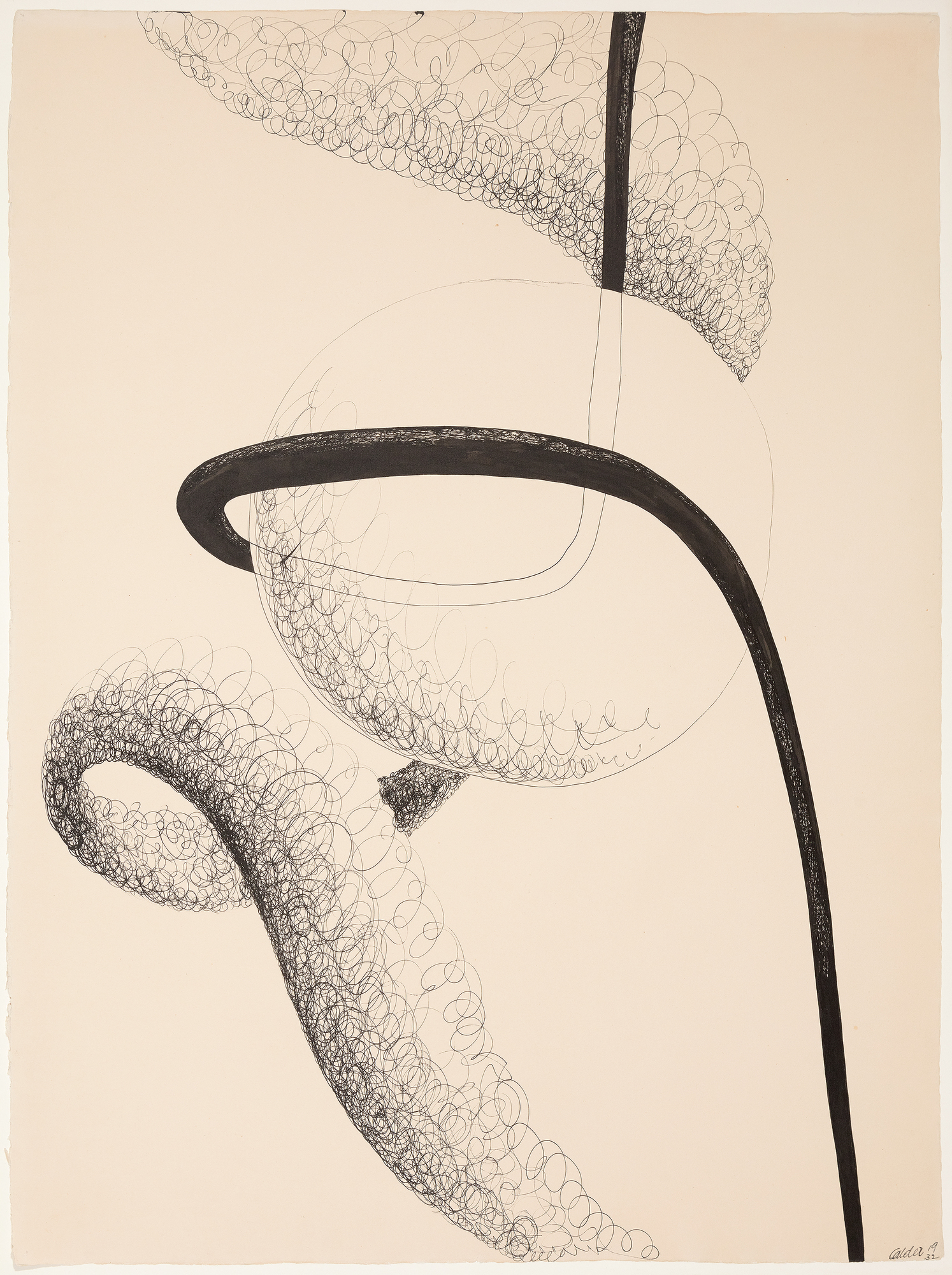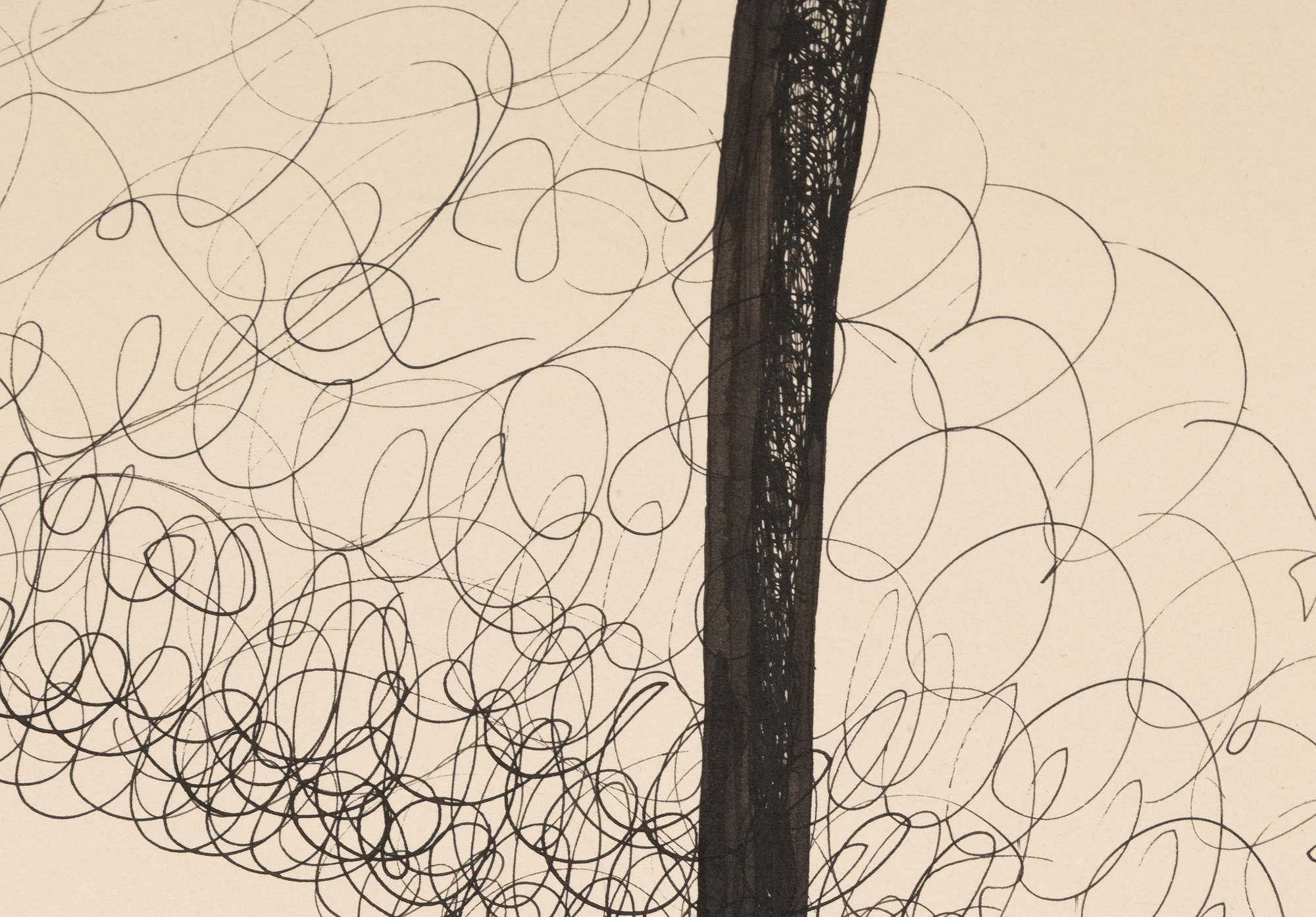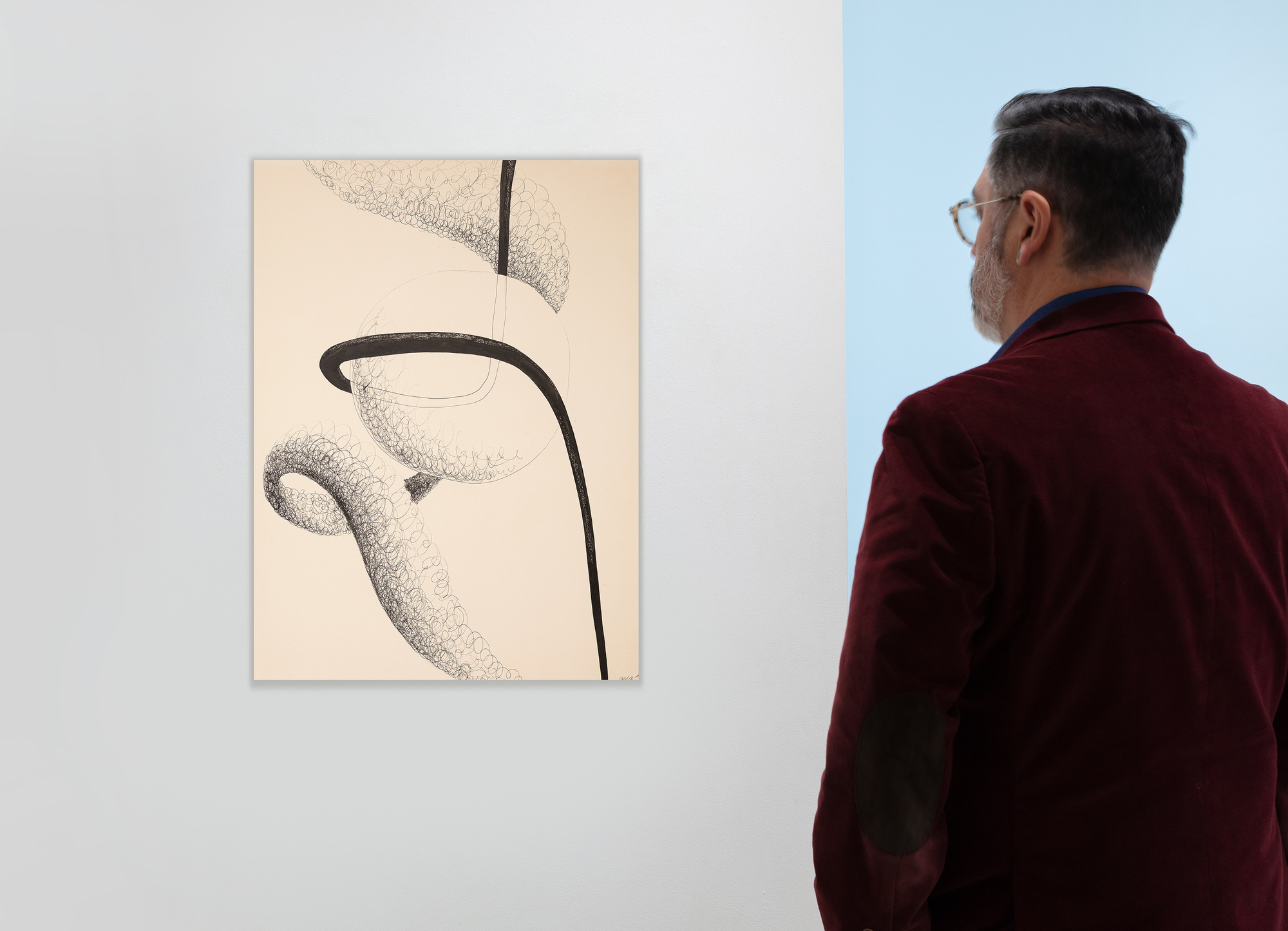ALEXANDER CALDER (1898-1976)







Procedencia
Galerías Perls, Nueva YorkColección privada, Florida, 1974
El dibujo encarna la fascinación de Calder por las energías invisibles del universo, transformando el papel en un campo de movimiento y espacio. La economía de la línea hace hincapié en el gesto y el ritmo más que en la representación, destilando sus exploraciones en una composición gráfica de sorprendente claridad. Esta hoja pertenece a un grupo clave de obras sobre papel de 1932, entre las que se incluyen Túnel espacial y Movimiento en el espacio, en las que Calder experimentó con el dibujo como medio para poner a prueba ideas que más tarde encontrarían expresión en forma tridimensional.
La procedencia refuerza aún más la importancia de esta obra. Tornado in Space fue adquirida a través del marchante neoyorquino de Calder, Klaus Perl's, de la Galería Perls, y ha permanecido en la misma colección privada durante más de cincuenta años. Obras estrechamente relacionadas de este periodo se encuentran actualmente en el Centro Pompidou, la Galería Nacional de Arte y el Museo de Arte Moderno, lo que subraya la rareza y la resonancia histórico-artística de este dibujo.
© 2023 Calder Foundation, Nueva York / Artists Rights Society (ARS), Nueva York


